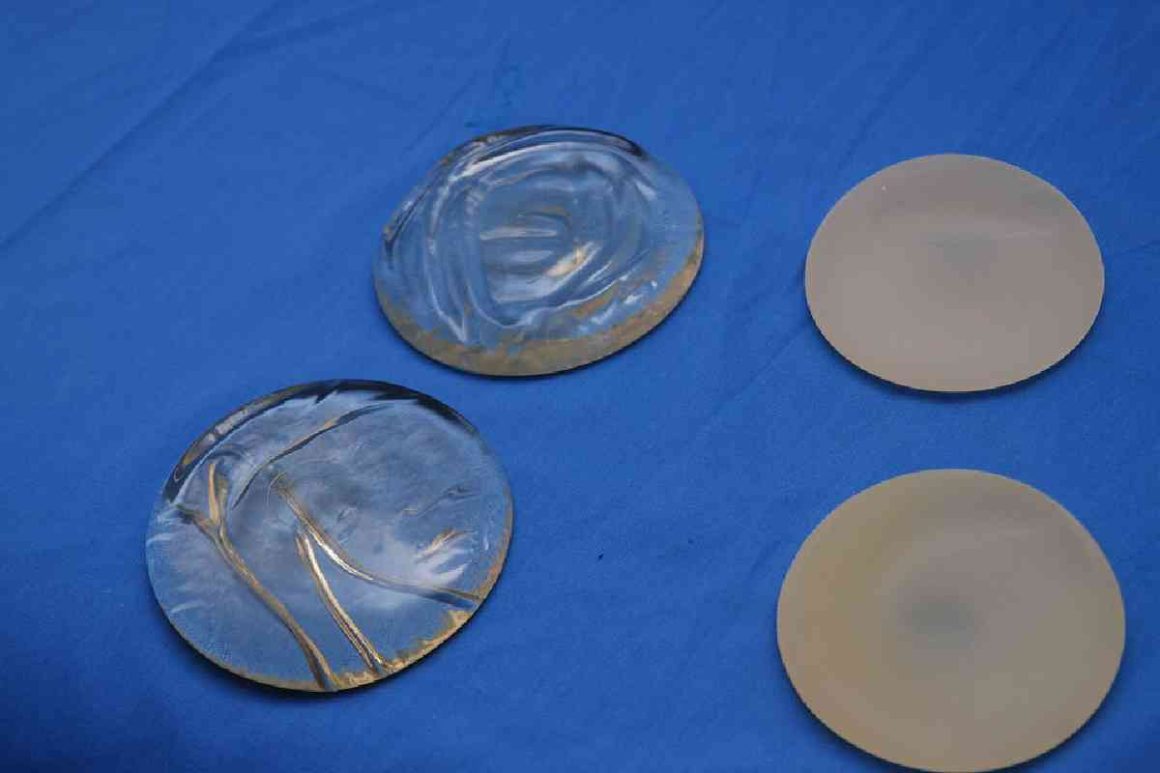Silicone Breast Implant Removal
Opting for breast augmentation is a personal decision. For some women, the choice to remove their silicone breast implants may arise for various reasons, such as health concerns, changes in personal preferences, or implant-related complications.
Silicone breast implant removal with fat transfer augmentation provides a convenient solution to maintain the desired breast shape and size while eliminating the need for synthetic implants.
This article explores the key benefits and considerations of this unique procedure.
Table of Contents
The Procedure
In this procedure, a surgeon carefully removes the existing silicone breast implant, followed by a fat transfer to achieve the desired breast size and shape.
The fat is harvested from a suitable donor area in the patient’s body, such as the thighs, buttocks, or abdomen through liposuction. This autologous fat is then purified and skillfully injected into the breast tissue to ensure an even and natural-looking enhancement.
This approach combines two advantageous elements — eliminating silicone breast implants while using the patient’s fat to maintain breast shape and volume.
Benefits of Silicone Breast Implant Removal
Choosing silicone breast implant removal with fat transfer augmentation over traditional procedures has multiple benefits.
- Natural Results: Using a patient’s fat cells promotes a more natural look and feel than synthetic implants.
- Two-In-One Approach: Simultaneously removing silicone implants and augmenting breasts with the patient’s fat helps address multiple concerns in a single procedure.
- Lower Complication Rates: The procedure uses autologous fat, eliminating the risk of silicone implant-related complications.
- Improved Body Contour: As liposuction removes excess fat from certain areas of the body, patients can also potentially enjoy streamlined body contours.
- Less Scarring: The incisions used for fat harvesting (liposuction) and fat transfer are typically smaller, which may lead to less noticeable scarring.
- Compatible With MRI and Mammography: Recipients of fat transfer don’t have to worry about implant interference in MRI and mammography, facilitating seamless breast imaging.
- Reduced Immune System Reaction: Autologous fat is unlikely to trigger an immune response, potentially lowering the risk of complications and rejections during breast augmentation.
While the benefits are numerous, you can only make an informed decision after a detailed consultation with a qualified and experienced surgeon.
This course of action ensures a comprehensive understanding of the procedure, its benefits, and possible outcomes, taking into account your unique situation.
Who Are the Ideal Candidates?
Good candidates for breast implant removal with a fat transfer augmentation consist of women seeking to:
- Remove their silicone breast implants for various reasons, such as health concerns, dissatisfaction with results, or implant complications.
- Preserve or improve their breast size and shape without synthetic implants.
- Get both liposuction and breast augmentation, addressing multiple concerns at once.
They should also have enough localized fat to transfer to the breasts.
Make sure to schedule a consultation with a board-certified plastic surgeon to determine if you are an ideal candidate for this procedure.
Frequently Asked Questions
Are the results of fat transfer breast augmentation permanent?
Fat transfer results can be long-lasting. However, some of the injected fat may be reabsorbed into the body, affecting the final breast size. The remaining fat cells will persist as long as there are no significant weight fluctuations.
Is it possible to replace silicone implants with new implants instead of fat transfer?
Yes, if a patient prefers, the surgeon can remove the existing silicone implants and perform a breast implant exchange with new implants rather than using a fat transfer augmentation.
Can I have fat transfer augmentation if I’ve never had silicone breast implants?
Yes, even if you haven’t previously had breast implants, you can choose fat transfer augmentation to enhance your breast size and shape.
What factors influence the success of the fat transfer?
The success of a fat transfer procedure is influenced by several factors, including the patient’s overall health, the technique used to harvest, purify, and inject the fat, and the surgeon’s expertise.
Can the fat transfer augmentation procedure be combined with a breast lift?
Yes, fat transfer augmentation can be combined with a breast lift for patients looking for perky, youthful, and fuller breasts.
Are there any risks or side effects associated with fat transfer to the breast?
While autologous fat transfer for breast augmentation is generally safe, potential risks include infection, bleeding, fat necrosis, or calcification. Consulting a board-certified plastic surgeon can help you understand these risks and the ways to mitigate them.
Since the procedure involves liposuction, will it help me lose weight?
Liposuction should not be seen as a weight loss procedure, but rather a body contouring procedure. The surgery removes stubborn, localized fat deposits that don’t respond to diet and exercise.


